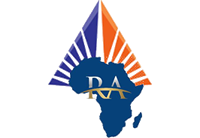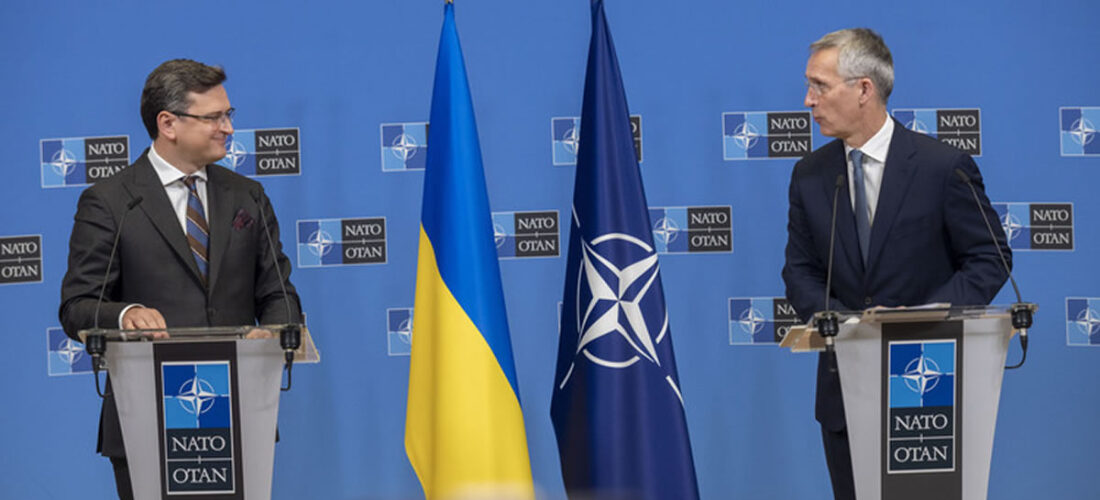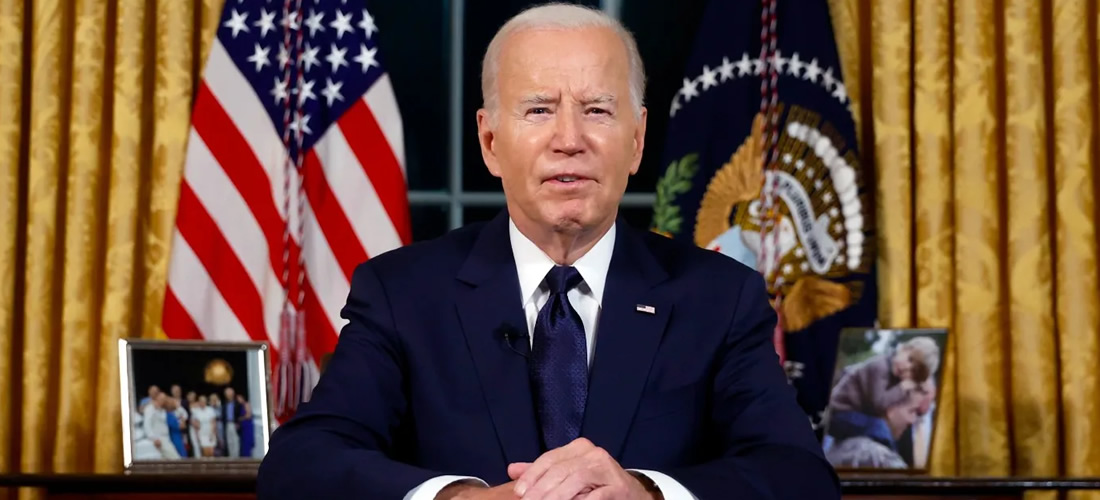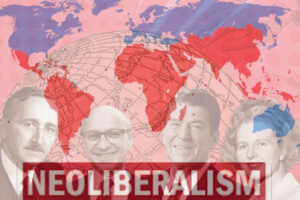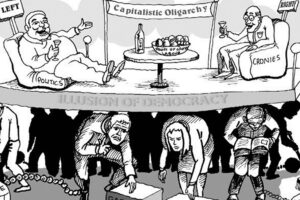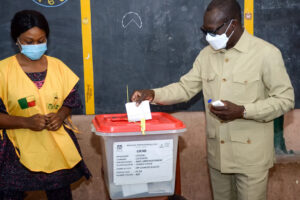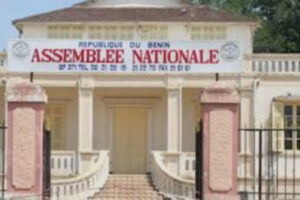On Wednesday, July 12, 2023, NATO countries will gather for a summit in Vilnius in Lithuania.
The initial desire to directly take on the Russians has been fading away after the disastrous Ukrainian counteroffensive at the beginning of June. However, what NATO is going to do at this Vilnius Summit is still unclear.
Russia has effectively been able with its defensive posture and with its fortifications named Surovikin lines made up of concretes, trenches, minefields which are defended by mobile armoured units, to inflict heavy casualties on the Ukrainian military resurrected by NATO, while building up huge reserves in manpower, hardware, and ammunition.
Meanwhile, until last week, President Volodymyr Zelenskyy of Ukraine enthusiastically hoped for a NATO membership and subsequently a direct NATO intervention if a nuclear catastrophe could occur at Zaporozhye NPP and seemed to care little about the fact that in case of such a nuclear incident, the ongoing conflict could turn into an apocalyptic WWIII.
The prospect for a settlement of the conflict this year is unlikely as the United States of America and its European allies are still determined to be supporting Ukraine. The contact line between Vladimir Putin and most of Western leaders, German Chancellor Olaf Scholz or French President Emmanuel Macron is completely cut off. For some months, attempts by both to talk to the Russian President Vladimir Putin have been unsuccessful.
If at the next NATO Summit in Vilnius, Ukraine is admitted into NATO, the alliance must start a direct conflict with Russia, which conflict is likely to turn into WWIII and may end in nuclear self-annihilation.
According to experts, one quarter of the world population will be wiped out instantly in the nuclear explosions. Two quarters of the world population will die in the coming days and weeks of the nuclear radiation while the remaining one quarter will starve of food deprivation or die of diseases.
However, even if the conflict doesn’t turn nuclear and sticks to conventional fighting, the prospect of NATO victory in Ukraine against Russia is low considering the effective defensive strategy Russia has been using in order to significantly degrade the Ukrainian military.
All the Western predictions and assumptions that Russia was weak economically, politically, and militarily have proven so far to be false.
The Western sanctions against Russia haven’t prevented it from the prospect of GDP growth of 2% this year 2023. In April, it grew by 3.3%. Sanctions have stopped the capital outflow from the country which is now invested in creating new businesses and industrial plants which will fill the vacuum left Western companies. Unemployment is at its lowest rate in years. In May, it reached 3.2%. The inflation rate is 2.2 which is among the lowest in Europe and in the world.
However, if Ukraine is not admitted into NATO it will be defeated and NATO reputation and credibility will be in jeopardy. The US and allies will see decline in their influence on the global stage.
There are therefore different intermediate options that might be considered for Ukraine by NATO.
“The North Atlantic Treaty Organization at its Vilnius summit will announce that Kiev’s potential membership in the bloc is contingent on further reforms in Ukraine, US National Security Advisor Jake Sullivan said.” (TASS)
The US President Joe Biden referred to a plan to provide Ukraine with Israeli-like type of security guarantees, instead of NATO membership while the acting Secretary General of NATO Jens Stoltenberg talks about cancelation of membership action plan for Ukraine to join alliance, which will shorten its accession process. Obviously, NATO doesn’t seem to care a lot about what Russia thinks. Is NATO ready for full scale war with Russia? Or will it in the end put in place new foundations for peace and dialogue that might lead to a satisfactory security architecture acceptable to everyone?
While the fate of the Ukrainian Donbass region is one of the most contentious issues which have led to the ongoing war in Ukraine, the most decisive trigger was the drive of NATO to expand eastward. It is an expansion Vladimir Putin claimed was a breach of the US promises not to incorporate into NATO East European countries during talks preceding the withdrawal of Soviet troops from East Germany.
“I think it is obvious that NATO expansion does not have any relation with the modernisation of the Alliance itself or with ensuring security in Europe. On the contrary, it represents a serious provocation that reduces the level of mutual trust. And we have the right to ask: against whom is this expansion intended? And what happened to the assurances our western partners made after the dissolution of the Warsaw Pact? Where are those declarations today? No one even remembers them. But I will allow myself to remind this audience what was said. I would like to quote the speech of NATO General Secretary Mr Woerner in Brussels on 17 May 1990. He said at the time that: “the fact that we are ready not to place a NATO army outside of German territory gives the Soviet Union a firm security guarantee”. Where are these guarantees?” – President Vladimir Putin at the Munich Conference on Security Policy on February 10, 2007
It is clear the prospect of peace is still very remote